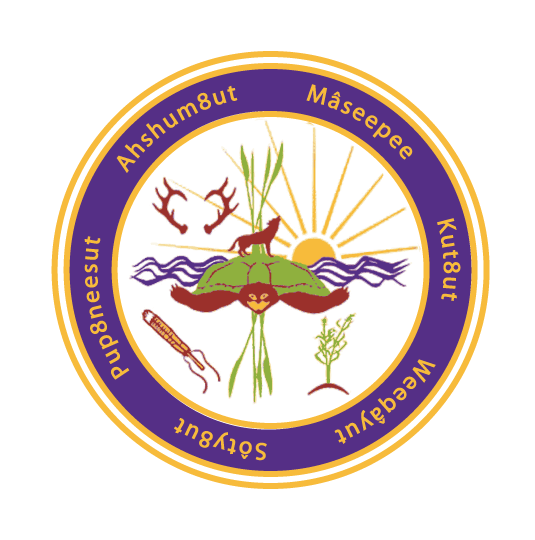For more than 40 years the Wampanoag Indigenous Program at Plimoth Plantation was a source of great cultural pride for Wampanoag and other regional tribal people. Working there we became scholars of our own story in order to recreate a fully functioning 17th century homesite along the Eel River. We were responsive to the questions of the thousands of visitors to arrive at the museum each season erasing stereotypes and misinformation. The visitors depended on us to be there to balance the story they were told just over the hill visiting the village representing 1627 Plimoth Colony. It was world-class living history.
Today the program and museum now called Plimoth Patuxet has deteriorated in a physical and interpretive way.
To bring attention to the program, during the National Day of Mourning in Plymouth on Thursday November 24 (Thanksgiving Day) about 100 protestors participated in a stomp dance from the statue of Massasoit to the Mayflower on the state pier. We carried signs in protest of the museum’s clear degradation of the once thriving Wampanoag Indigenous Program and disrespect for the sacrifices of the people of Patuxet despite a renaming of the museum.
Work done over four decades by dedicated Wampanoag scholars and crafts people to build the Wampanoag Indigenous program from a small exhibit with one wetu in the 1970s to a fully functioning homesite with several framed and completed dwellings, gardens, and interpretive activity sites where visitors learned about everything from cooking nasaump to burning out a dugout canoe has been slowly and systematically dismantled over the last decade. Today a visitor is lucky to meet even one docent and there is a 50/50 chance that person may be indigenous from some obscure tribe outside of the region.
The homesite, which now conspicuously has had the name “Wampanoag” removed from it, is expanded in size but the content is random and by in large unexplained but for a plain clothed nonnative docent who sat on a dried out mishoon and talked to a group of tourists about how a Native person made it.
How did this happen? Slowly long time employees were driven away by lack of opportunity to do the work they knew had to be done and by being denied opportunity to advance in the museum hierarchy. Today only one Wampanoag works for the museum.
The museum director has reached out to the Wampanoag community and invited us to meet and discuss our concerns. The Wampanoag Consulting Alliance (the former Plymouth 400 Wampanoag Advisory Committee with members from the Mashpee, Aquinnah and Herring Pond tribes) has responded to this request after a month. We are presently negotiating our desire to digitally record the meeting.
By Paula Peters



